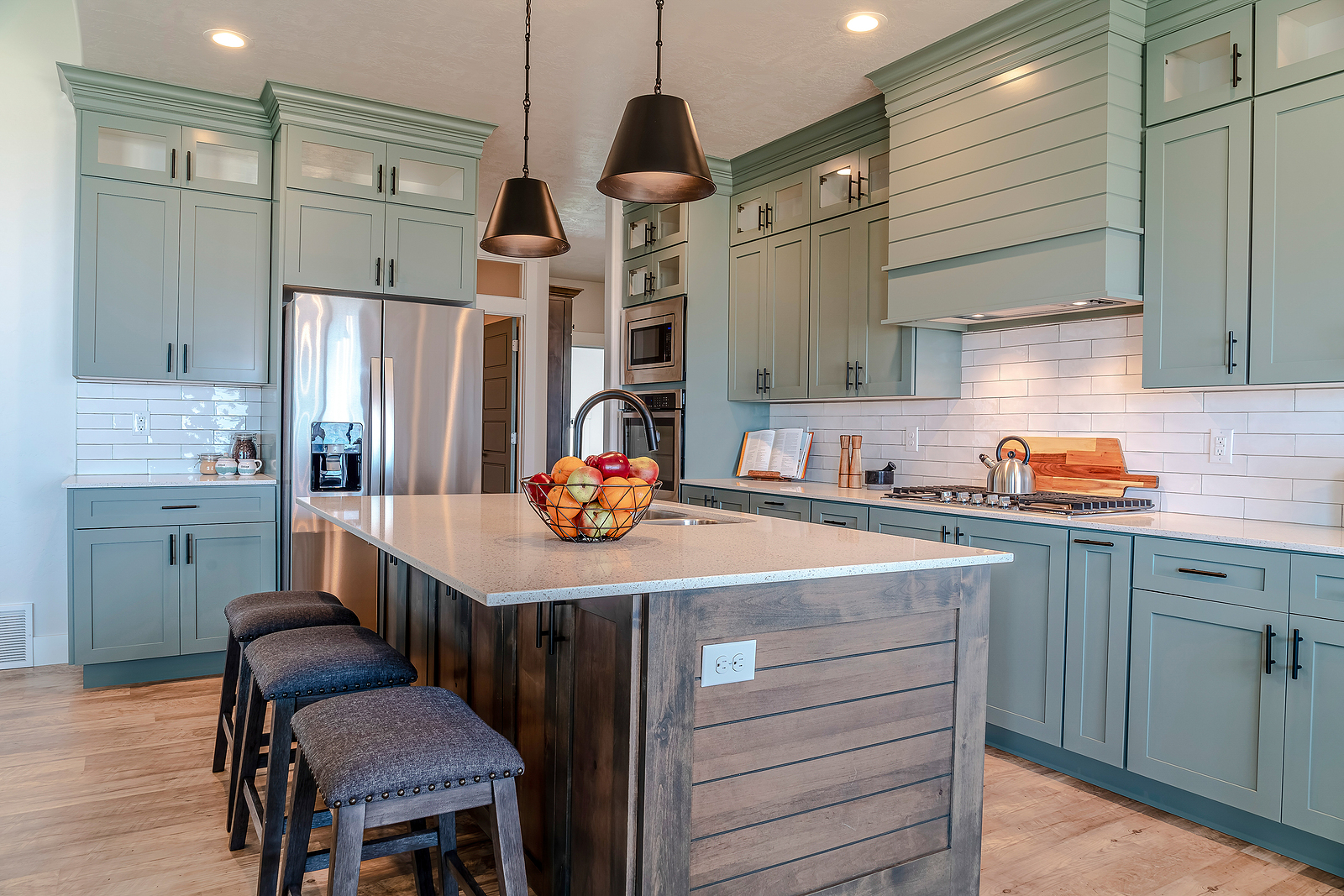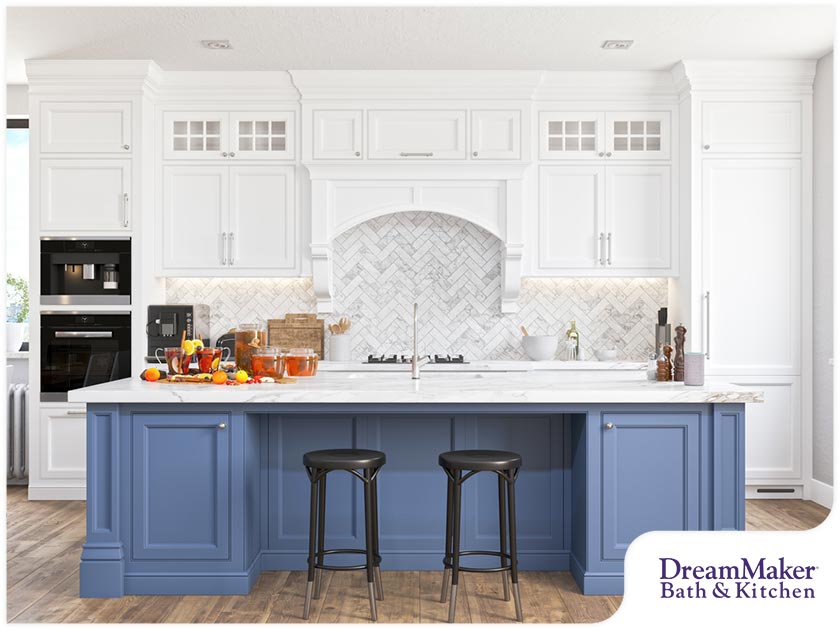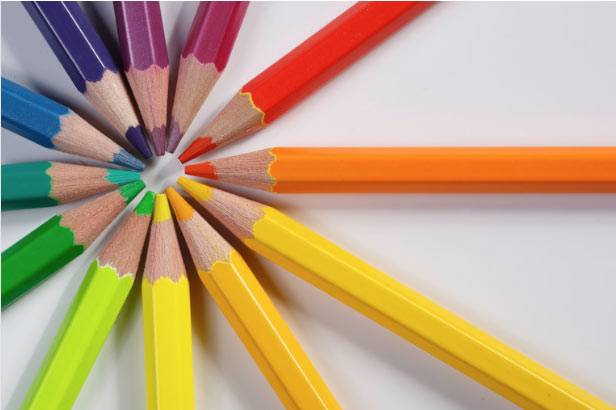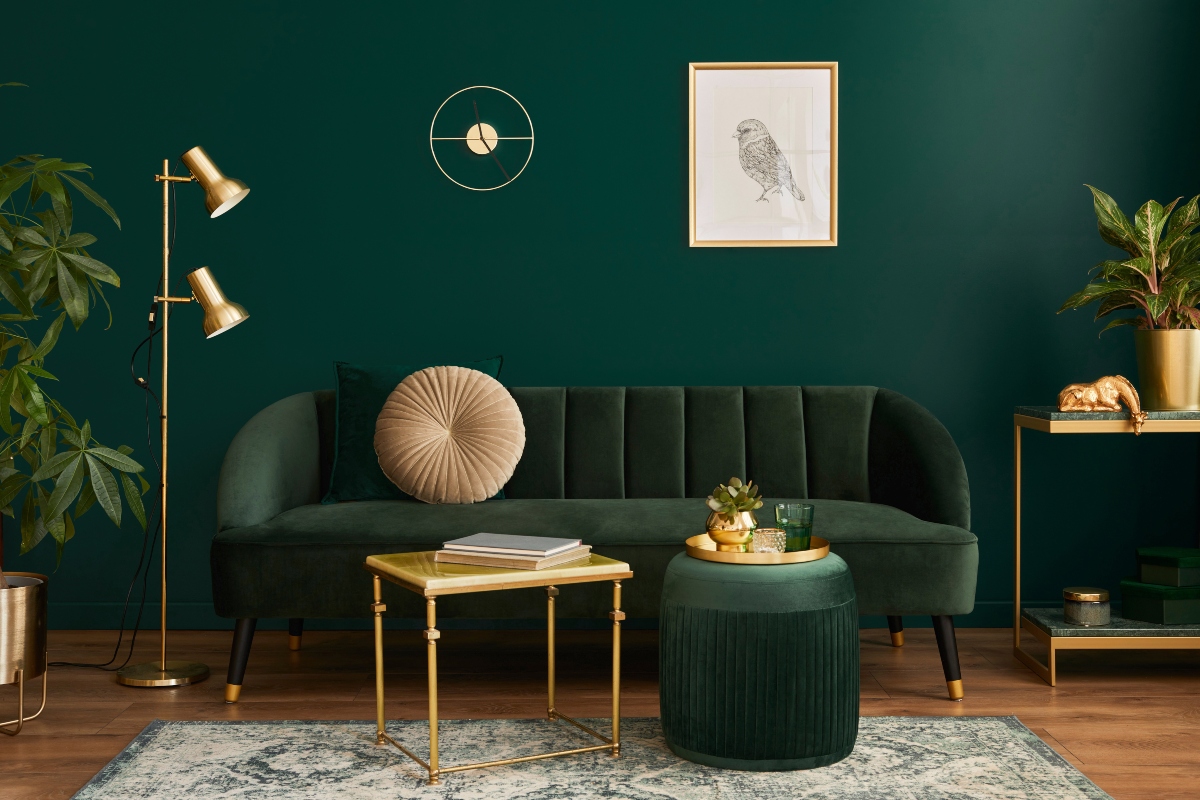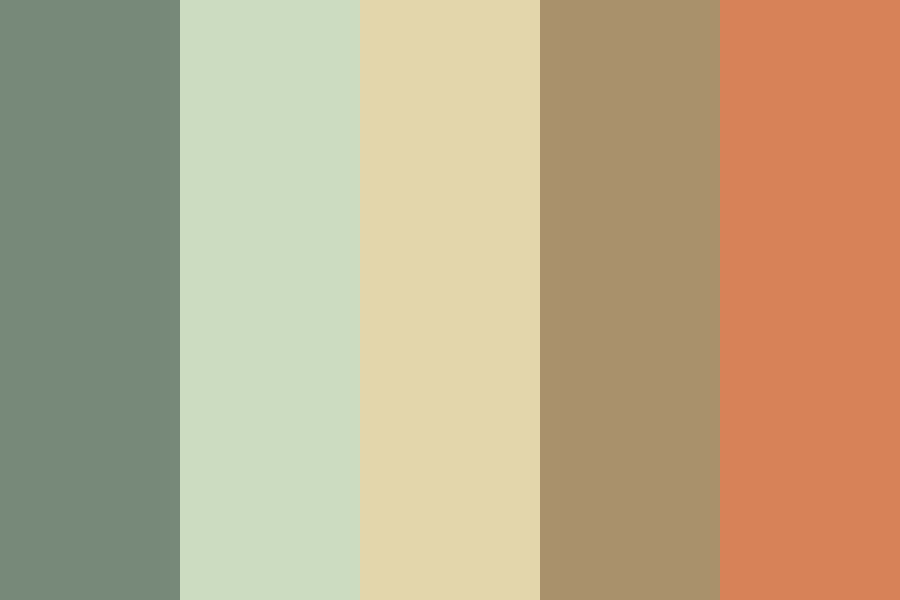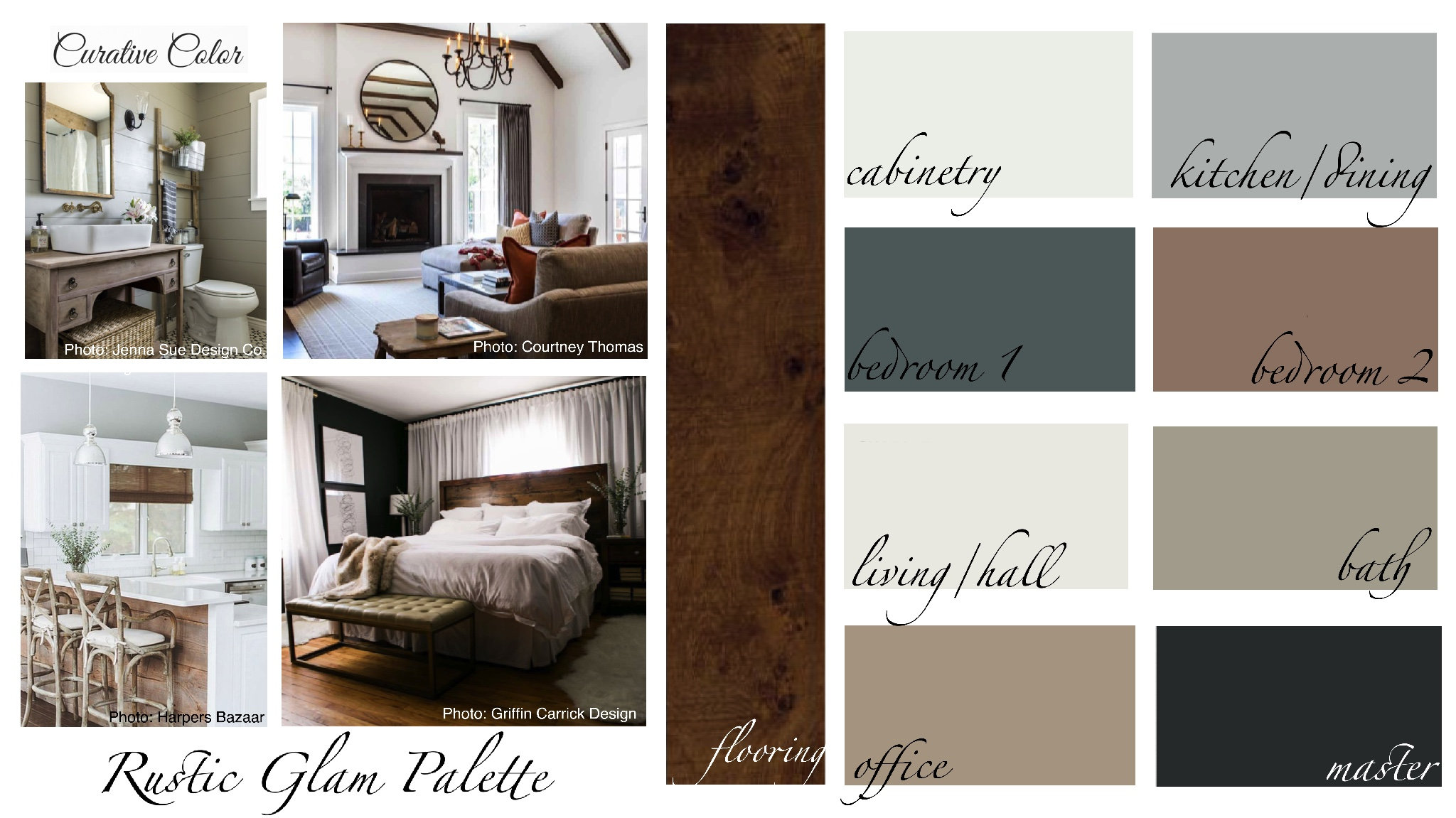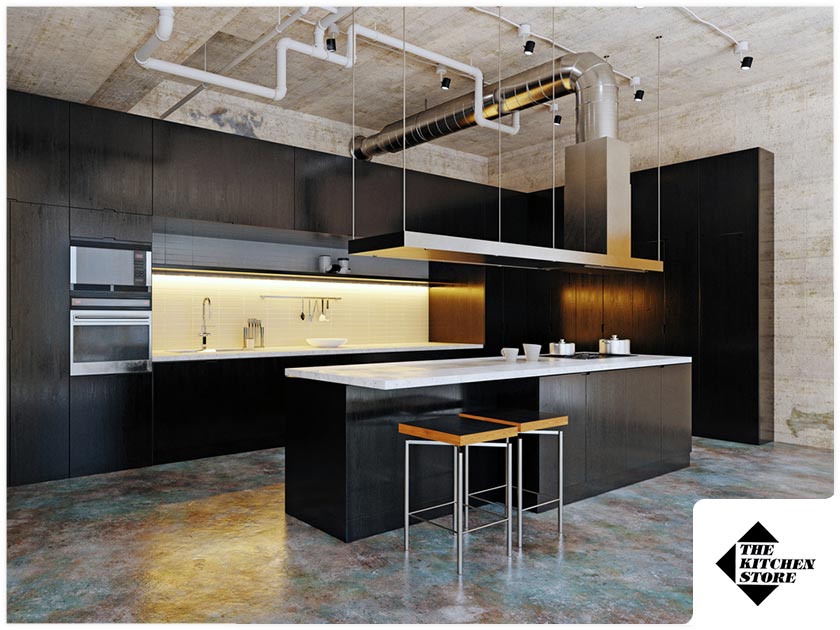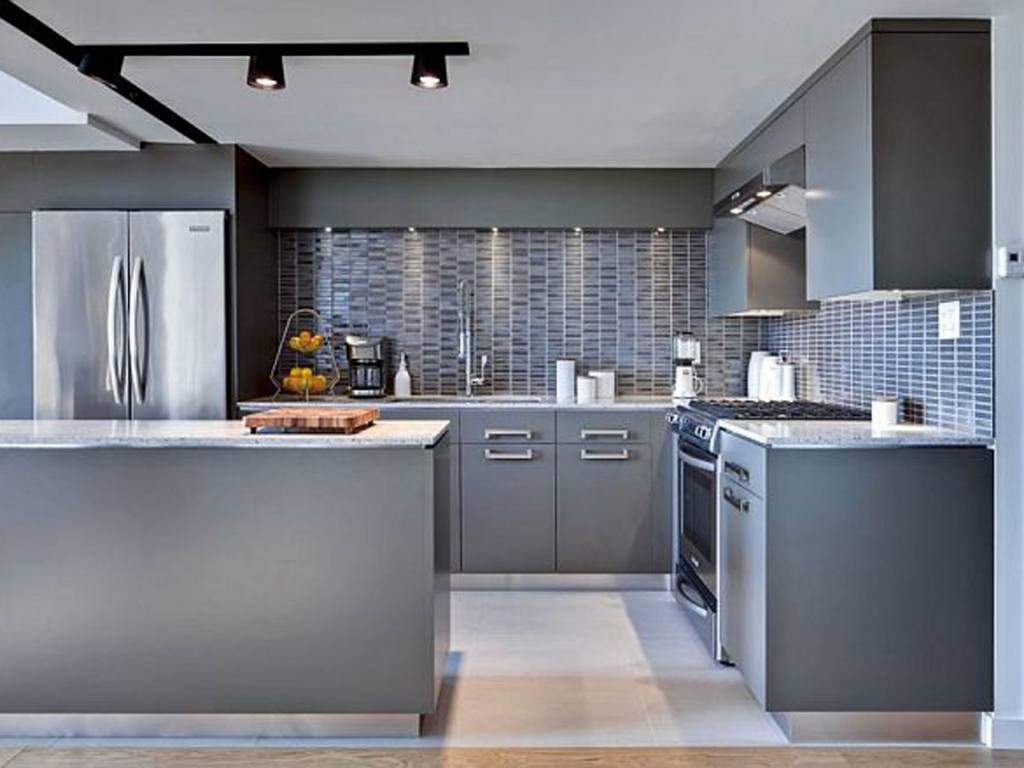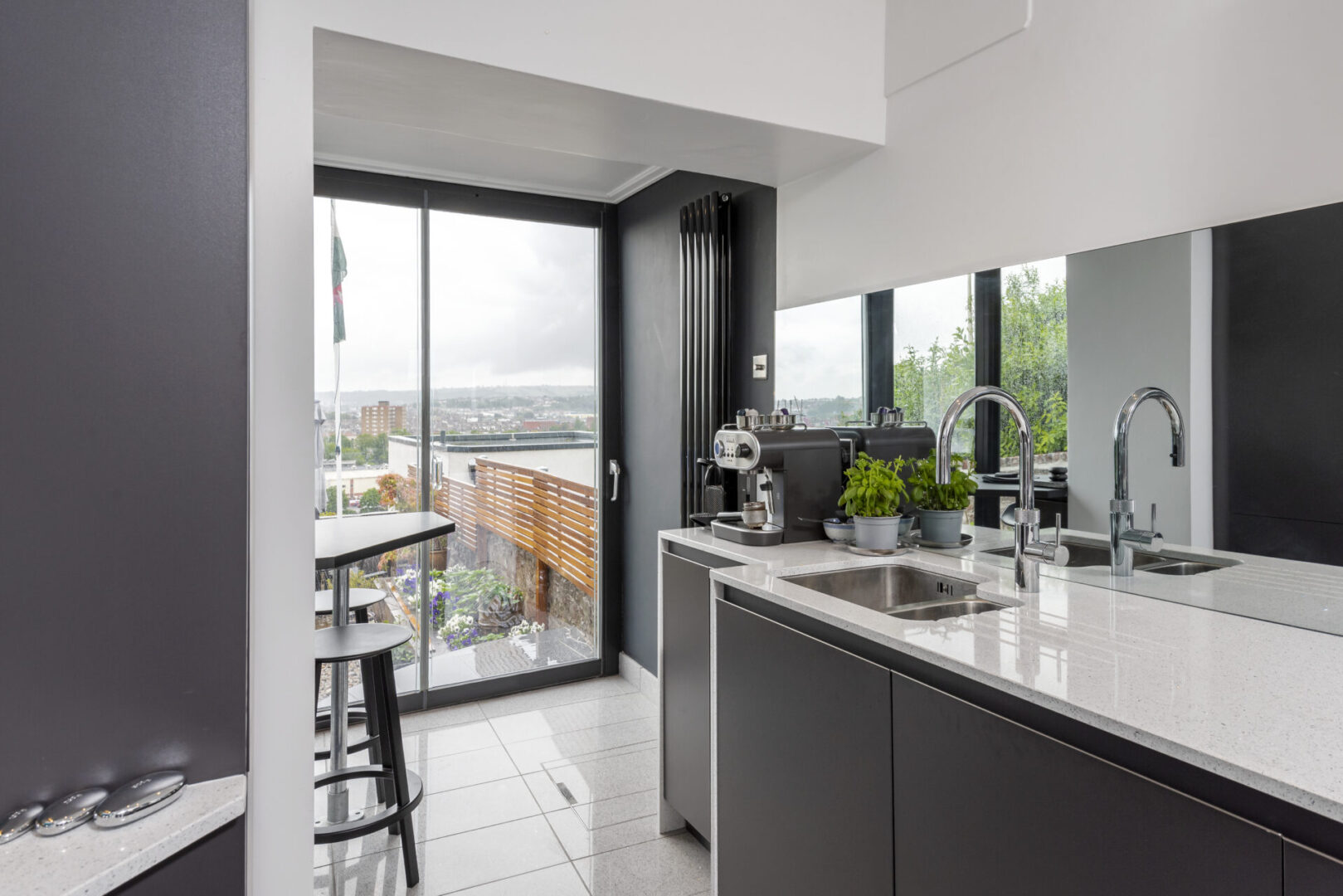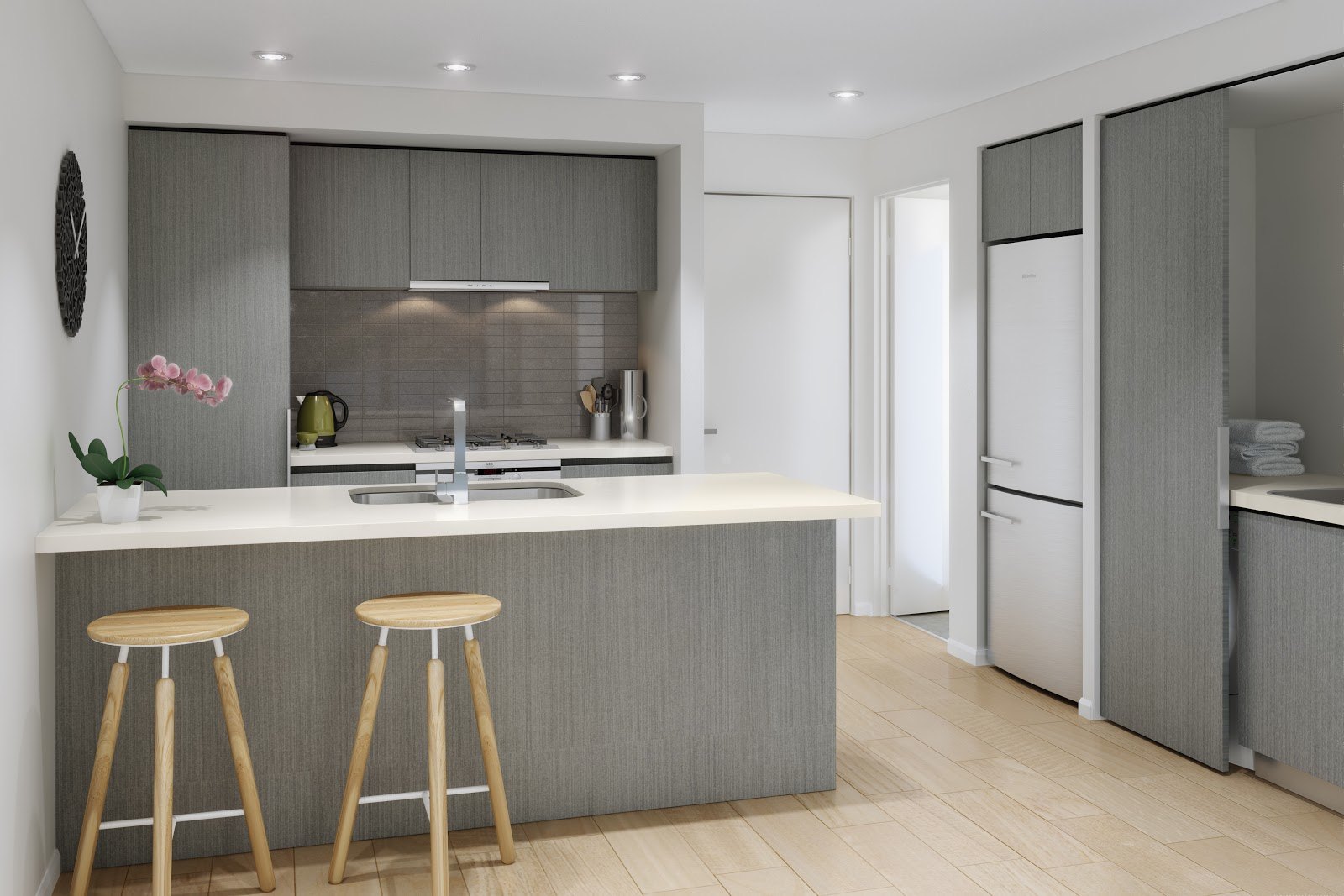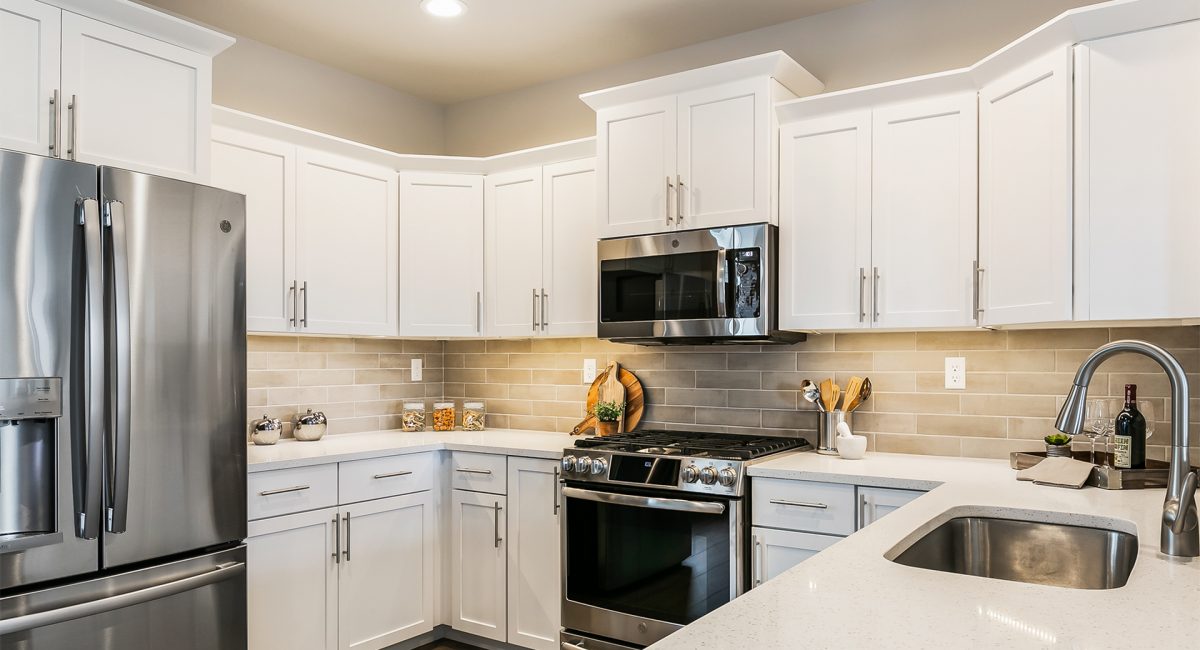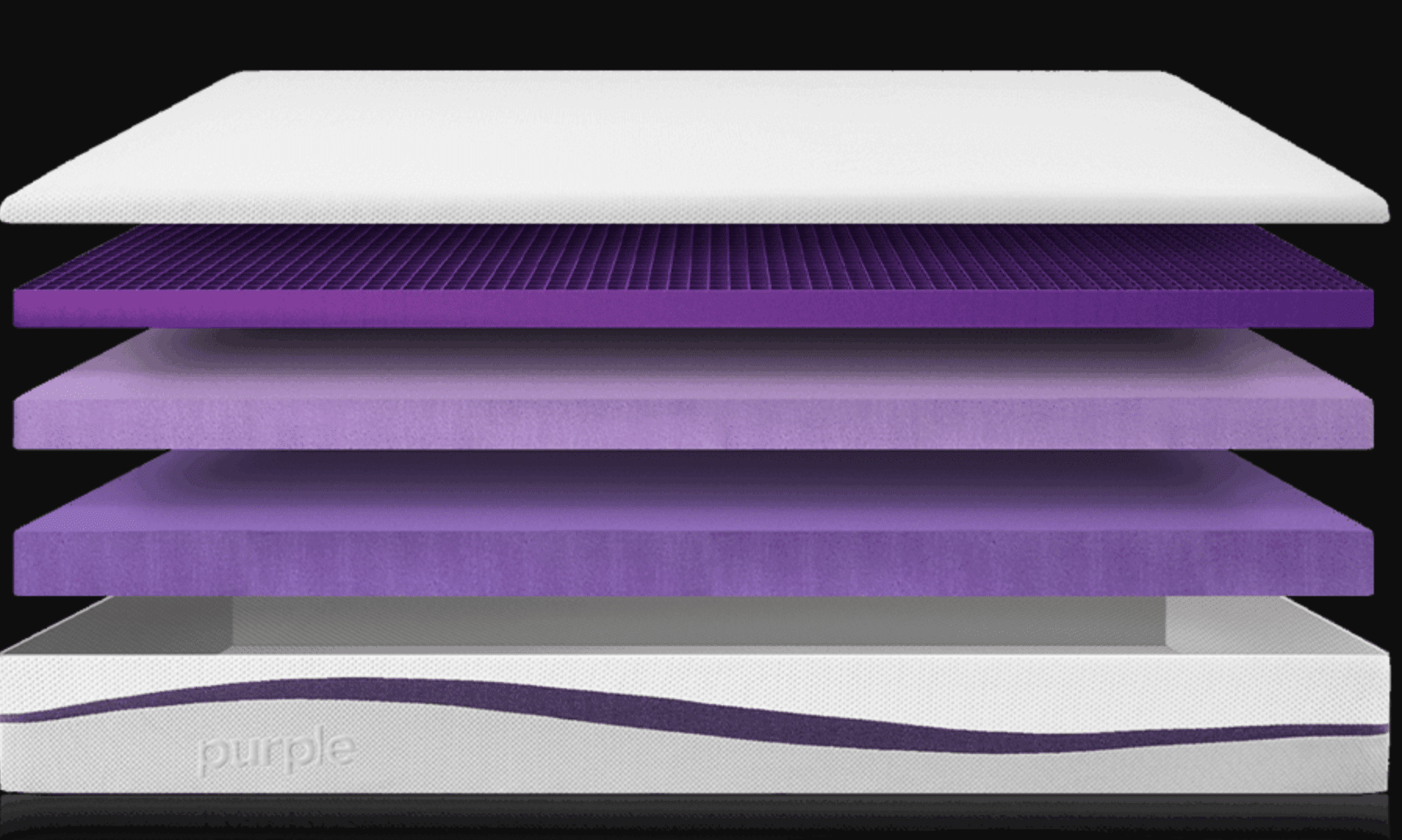The kitchen is the heart of the home, and the color scheme you choose for this space can make a big impact on its overall design. When it comes to designing your kitchen, choosing the right color scheme is crucial. Not only does it set the tone for the space, but it also affects the mood and functionality of the room. So, how do you choose the perfect color scheme for your kitchen? First, consider the style and design of your kitchen. Is it modern, rustic, or traditional? Each style has its own set of color palettes that work best. For example, neutral colors like white, gray, and beige are commonly used in modern kitchens, while warmer tones like brown, red, and orange are more often seen in rustic designs. Next, think about the size and layout of your kitchen. If it's small, light colors can help create the illusion of space, while darker colors can make the room feel more cozy and intimate. For larger kitchens, you have more freedom to experiment with different colors and patterns. When choosing your color scheme, it's also important to consider the other elements in the kitchen, such as the cabinets, countertops, and flooring. These should complement each other and work together to create a cohesive look. Finally, don't be afraid to add a pop of color to your kitchen. This could be in the form of a colorful backsplash, bright kitchen appliances, or even a bold accent wall. Just make sure it ties in with the rest of the color scheme and doesn't overwhelm the space.1. Choosing the Perfect Color Scheme for Your Kitchen
If you love color, why not incorporate it into your kitchen design? A colorful kitchen can add personality and vibrancy to your home. But how do you go about designing a colorful kitchen without it looking chaotic? Here are some tips to help you create a beautiful and cohesive colorful kitchen. First, choose a color palette that you love and that complements the rest of your home. This could be based on your favorite color, a piece of artwork, or even a rug. Once you have your main color, select a few complementary colors to add in as accents. Next, consider the size and layout of your kitchen. If it's small, stick to lighter colors to avoid making the space feel cramped. For larger kitchens, you can incorporate bolder and brighter colors without it feeling overwhelming. When it comes to incorporating color, think beyond just paint. You can add color through kitchen accessories, such as towels, dishes, and even plants. You can also use colorful tiles for your backsplash or opt for colorful cabinets. Remember to balance out your colors. If you have a lot of bold colors in one area, balance it out with some neutral tones in another. This will create a harmonious and visually appealing space.2. Tips for Designing a Colorful Kitchen
A cohesive color scheme is essential for a well-designed kitchen. It creates a sense of harmony and balance in the space. So how do you create a cohesive color scheme in your kitchen? Here are some tips to help you out. Start by choosing a dominant color for your kitchen. This could be the color of your cabinets or walls. Then, select two to three complementary colors to use as accents throughout the space. When it comes to choosing your colors, think about the 60-30-10 rule. This means that 60% of the room should be your dominant color, 30% should be your secondary color, and 10% should be your accent color. This helps to create a balanced and visually appealing color scheme. Consider using a color wheel to help you choose complementary colors. Colors that are opposite each other on the wheel, such as blue and orange or purple and yellow, work well together to create a striking contrast. Don't be afraid to mix and match different shades and tones of your chosen colors. This will add depth and interest to your kitchen design. Just make sure they all complement each other and don't clash.3. How to Create a Cohesive Color Scheme in Your Kitchen
Modern kitchens are all about clean lines, simplicity, and functionality. When it comes to color schemes for a modern kitchen, think minimalistic and sleek. Here are some of the best colors to use for a modern kitchen design. White is a popular choice for modern kitchens as it creates a clean and bright look. It also pairs well with other colors, making it easy to incorporate into your color scheme. Gray is another great option for a modern kitchen. It's a versatile color that can create a sleek and sophisticated look, especially when paired with metallic accents. Black is a bold and dramatic choice for a modern kitchen. It adds a touch of elegance and can be used as a contrast color to create a striking look. If you want to add some color to your modern kitchen, consider using muted or pastel shades. These will add a touch of warmth and softness to the space without overwhelming the minimalist style.4. The Best Colors for a Modern Kitchen Design
Did you know that colors can affect our mood and emotions? This is where color psychology comes into play in interior design. When it comes to your kitchen, the colors you choose can have an impact on how you feel while cooking and dining. Here are some common color associations and how you can use them in your kitchen design. Yellow is associated with happiness and energy, making it a great color for a kitchen. It can also stimulate the appetite, making it a popular choice for dining spaces. Green is a calming and refreshing color. It can evoke feelings of nature and growth, making it a great choice for a kitchen where you want to create a sense of freshness and balance. Red is a bold and intense color that is often associated with passion and energy. In the kitchen, it can stimulate appetite and create a vibrant and lively atmosphere. Blue is a calming and soothing color. It can create a sense of tranquility and peace, making it a great choice for a kitchen where you want to relax and unwind. Remember to consider the size and layout of your kitchen when using color psychology. For example, using too much red in a small kitchen may feel overwhelming, while using too much blue in a large kitchen may make the space feel cold and uninviting.5. Using Color Psychology in Your Kitchen Design
When it comes to designing a kitchen, you want to choose a color scheme that will stand the test of time. After all, a kitchen renovation can be a big and costly project. To ensure your kitchen color scheme remains timeless, here are some tips to keep in mind. Stick to neutral colors like white, gray, and beige. These colors are classic and versatile, making them perfect for a timeless kitchen design. Avoid trendy colors or patterns that may go out of style in a few years. Stick to simple and clean designs that won't look dated in the future. Incorporate natural elements, such as wood or stone, into your color scheme. These materials have a timeless appeal and can add warmth and texture to your kitchen design. Remember to choose a color scheme that you love and that reflects your personal style. This will ensure that you will continue to love your kitchen for years to come.6. Designing a Timeless Kitchen Color Scheme
While neutral color schemes are popular in kitchens, don't be afraid to add some bold and bright colors to your design. Bold colors can add personality and make a statement in your kitchen. Here are some tips for incorporating bold colors into your kitchen design. Use a bold color as an accent, such as on a backsplash or kitchen island, to create a focal point in the space. Mix and match different bold colors to create a vibrant and playful look. Just make sure they complement each other and don't clash. If you're feeling adventurous, you can even use a bold color on your cabinets or walls. Just be sure to balance it out with neutral tones in other areas of the kitchen. Remember to keep the rest of the kitchen design simple and let the bold colors shine. Too many patterns or textures can make the space feel overwhelming.7. Incorporating Bold Colors in Your Kitchen Design
Designing a small kitchen can be a challenge, but the right color palette can make a big difference in how the space looks and feels. Here are some tips for choosing the right color palette for a small kitchen. Stick to light and neutral colors to make the space feel larger and more open. White, cream, and light gray are all great options. Avoid using too many dark colors as this can make the space feel even smaller. If you want to incorporate darker colors, use them as accents rather than the main color. Consider using a monochromatic color scheme, where you use different shades and tones of the same color. This creates a cohesive and visually appealing look without overwhelming the space with too many colors. Remember to keep the space clutter-free and organized, as this can also make a small kitchen feel larger. Use light-colored cabinets and open shelving to create a sense of openness.8. Choosing the Right Color Palette for a Small Kitchen
Rustic kitchens are warm, inviting, and full of character. When it comes to creating a rustic color scheme, think natural and earthy tones. Here are some tips for designing a rustic kitchen color scheme. Choose warm colors like brown, beige, and red to create a cozy and inviting atmosphere. These colors also work well with natural materials like wood and stone. Consider using a color palette inspired by nature, such as greens, browns, and yellows. This will create a sense of being outdoors, even when you're inside. Incorporate rustic elements like exposed brick, distressed wood, and natural textures to add depth and character to your kitchen design. Remember to balance out the warm colors with some cool tones, such as blues or grays, to prevent the space from feeling too dark and heavy.9. Creating a Rustic Color Scheme for Your Kitchen
A monochromatic color scheme involves using different shades and tones of the same color. This creates a cohesive and harmonious look in the kitchen. Here are some tips for designing a monochromatic kitchen color scheme. Choose a color that you love and that complements the rest of your home. This could be a bold color, like blue or red, or a neutral color, like gray or beige. Incorporate different shades and tones of your chosen color. This will add depth and interest to your kitchen design. For example, you could use a light blue for the walls, a darker blue for the cabinets, and a navy blue for the accents. Don't be afraid to use patterns, such as stripes or geometric designs, to add visual interest to the space. Just make sure they all stick to your chosen color palette. Remember to balance out the color with some neutral elements, like white or beige, to prevent the space from feeling overwhelming.10. Designing a Monochromatic Kitchen Color Scheme
Choosing the Right Color Scheme for Your Kitchen

Complementary Colors
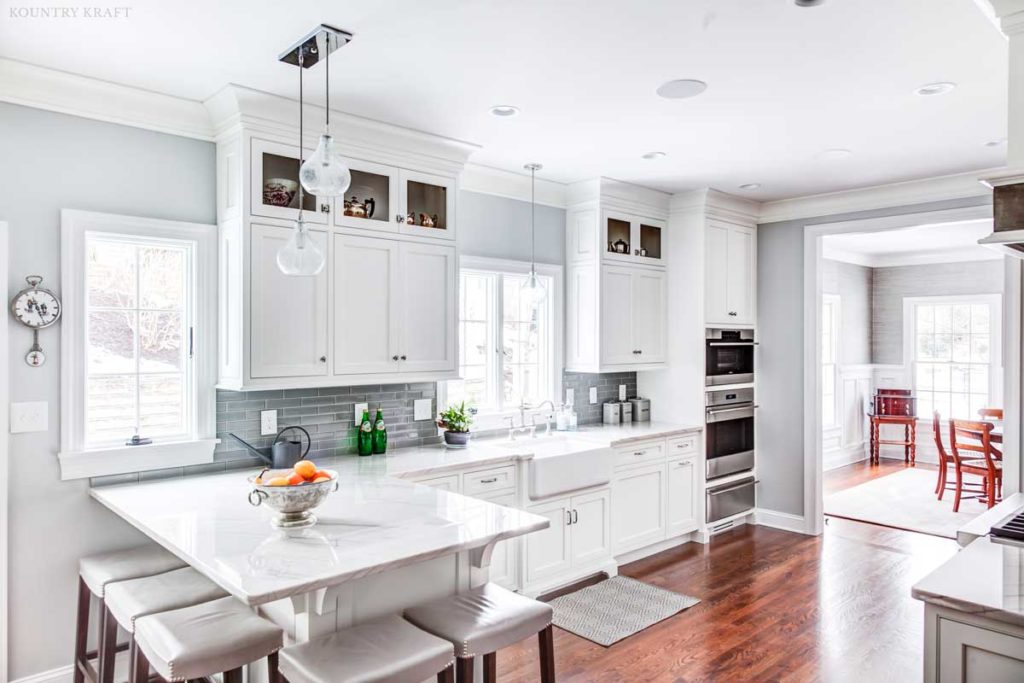 When it comes to designing your kitchen, choosing the right color scheme is crucial for creating a cohesive and visually appealing space. One way to achieve this is by using complementary colors. These are colors that are opposite each other on the color wheel, such as blue and orange or red and green. Using complementary colors in your kitchen can create a striking contrast and add depth and interest to the space. Consider using a bold color for your cabinets and a complementary color for the walls or backsplash to create a dynamic and eye-catching look.
When it comes to designing your kitchen, choosing the right color scheme is crucial for creating a cohesive and visually appealing space. One way to achieve this is by using complementary colors. These are colors that are opposite each other on the color wheel, such as blue and orange or red and green. Using complementary colors in your kitchen can create a striking contrast and add depth and interest to the space. Consider using a bold color for your cabinets and a complementary color for the walls or backsplash to create a dynamic and eye-catching look.
Analogous Colors
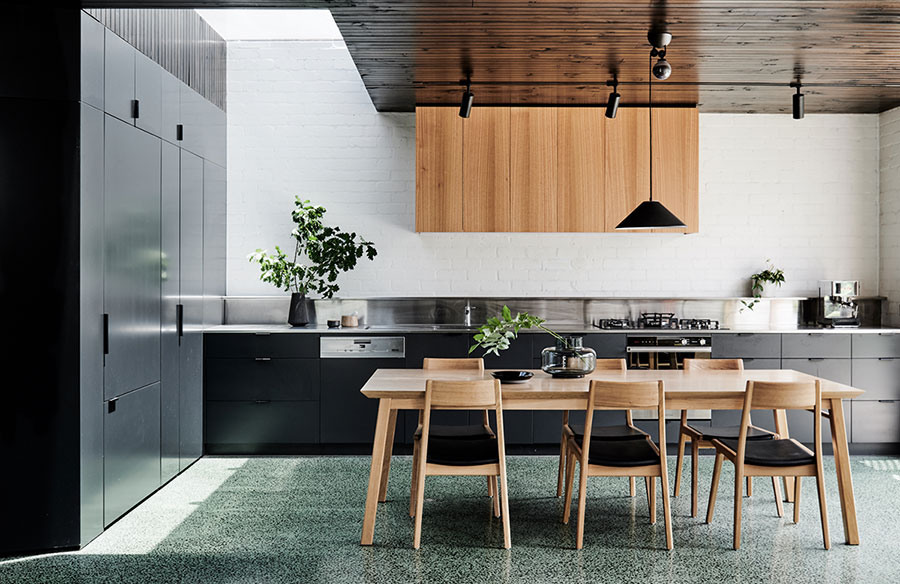 Another option for creating a harmonious color scheme in your kitchen is by using analogous colors. These are colors that are next to each other on the color wheel, such as blue and green or red and orange. Analogous colors create a sense of unity and flow in a space, making them a great choice for kitchens. You can use this color scheme by choosing a dominant color, such as a deep blue for your cabinets, and then incorporating lighter shades of blue and green for your walls and accessories.
Another option for creating a harmonious color scheme in your kitchen is by using analogous colors. These are colors that are next to each other on the color wheel, such as blue and green or red and orange. Analogous colors create a sense of unity and flow in a space, making them a great choice for kitchens. You can use this color scheme by choosing a dominant color, such as a deep blue for your cabinets, and then incorporating lighter shades of blue and green for your walls and accessories.
Neutral Colors
:max_bytes(150000):strip_icc()/Myth_Kitchen-56a192773df78cf7726c1a16.jpg) If you prefer a more subtle and timeless look for your kitchen, consider using a neutral color scheme. This can include shades of white, gray, beige, or even black. Neutral colors create a clean and sophisticated aesthetic and provide a versatile backdrop for incorporating pops of color through accessories and decor. They also allow you to easily change up the look of your kitchen by swapping out accessories or adding a new coat of paint to a feature wall.
If you prefer a more subtle and timeless look for your kitchen, consider using a neutral color scheme. This can include shades of white, gray, beige, or even black. Neutral colors create a clean and sophisticated aesthetic and provide a versatile backdrop for incorporating pops of color through accessories and decor. They also allow you to easily change up the look of your kitchen by swapping out accessories or adding a new coat of paint to a feature wall.
Consider the Lighting
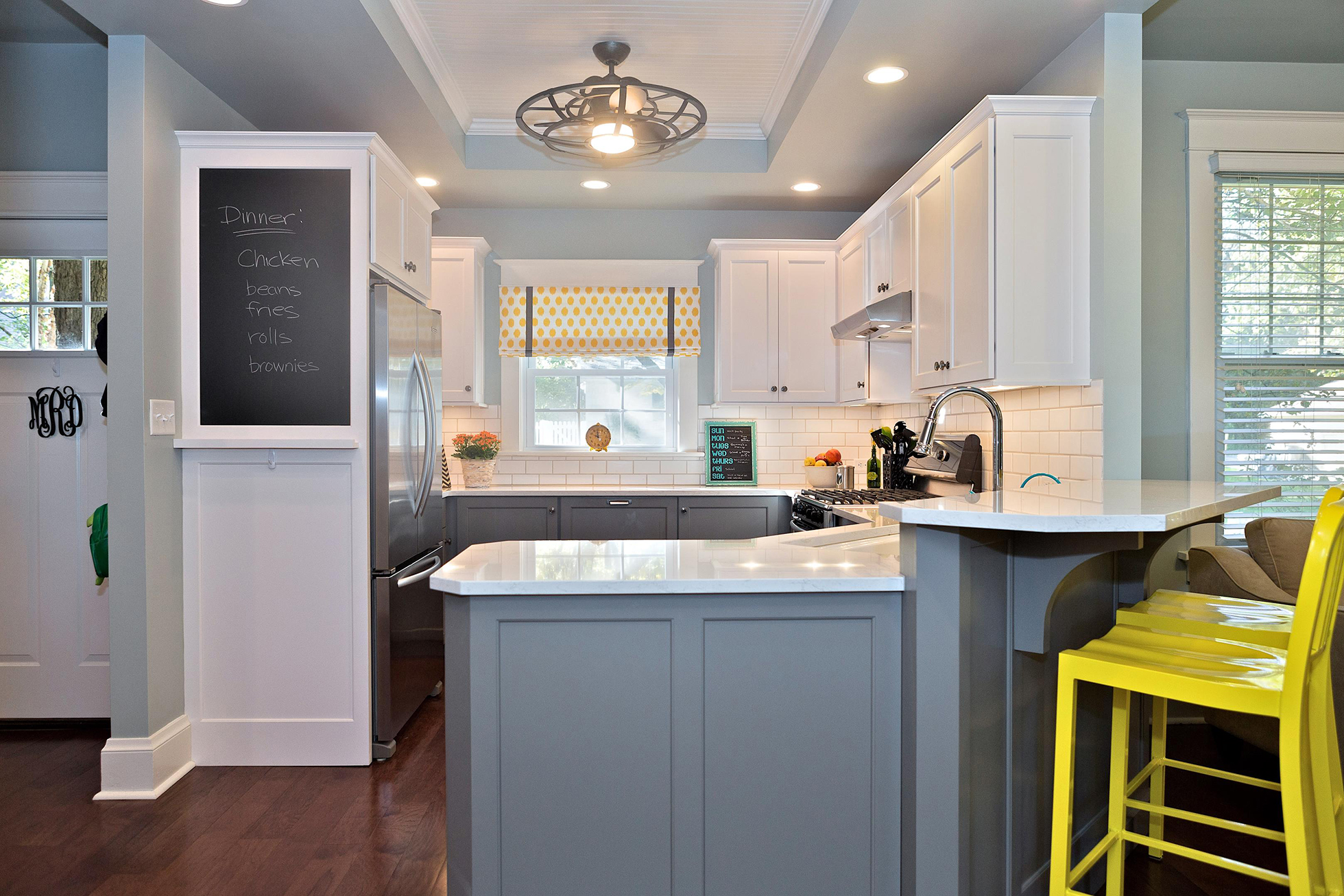 When choosing a color scheme for your kitchen, it's important to also consider the lighting in the space. Natural light can drastically affect the way colors appear, so be sure to test out your chosen colors in different lighting conditions before making a final decision. If your kitchen has limited natural light, you may want to opt for lighter colors to help brighten up the space. If you have ample natural light, you can get away with using darker or bolder colors.
In conclusion,
the key to designing a successful color scheme for your kitchen is to consider your personal style, the overall aesthetic of your home, and the functionality of the space. Don't be afraid to experiment with different color combinations and always test them out in the actual space before making a final decision. By using complementary or analogous colors or sticking to a neutral palette, you can create a beautiful and functional kitchen that reflects your personal style.
When choosing a color scheme for your kitchen, it's important to also consider the lighting in the space. Natural light can drastically affect the way colors appear, so be sure to test out your chosen colors in different lighting conditions before making a final decision. If your kitchen has limited natural light, you may want to opt for lighter colors to help brighten up the space. If you have ample natural light, you can get away with using darker or bolder colors.
In conclusion,
the key to designing a successful color scheme for your kitchen is to consider your personal style, the overall aesthetic of your home, and the functionality of the space. Don't be afraid to experiment with different color combinations and always test them out in the actual space before making a final decision. By using complementary or analogous colors or sticking to a neutral palette, you can create a beautiful and functional kitchen that reflects your personal style.








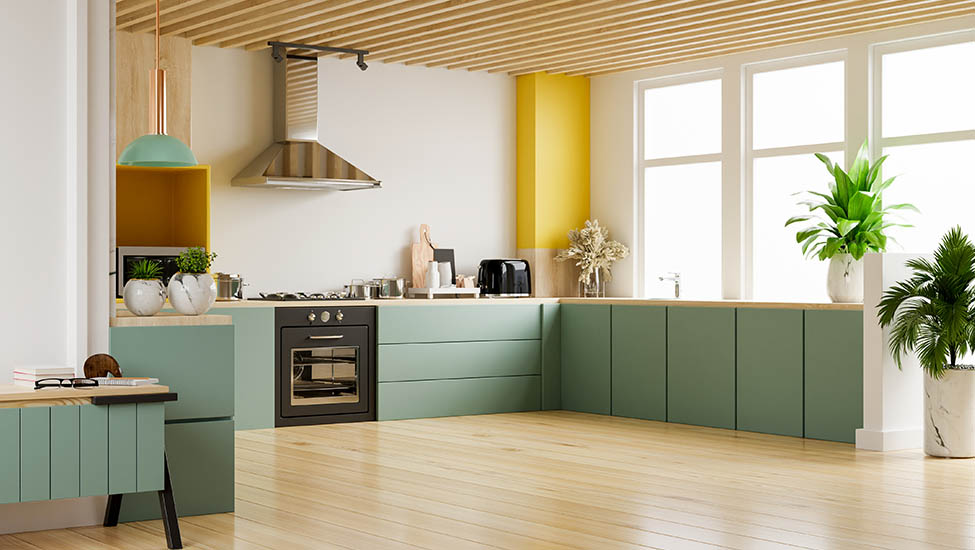






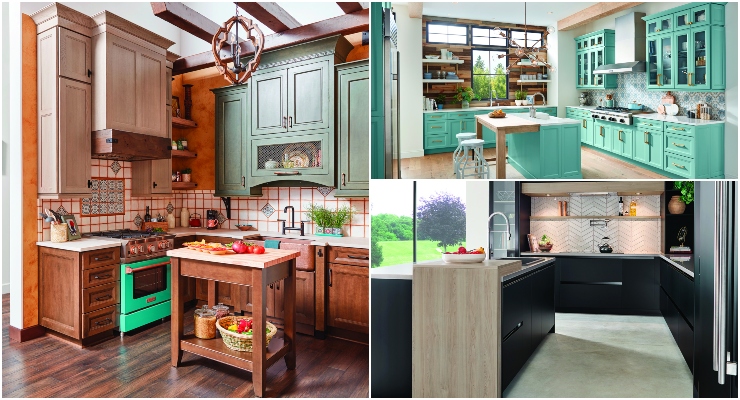








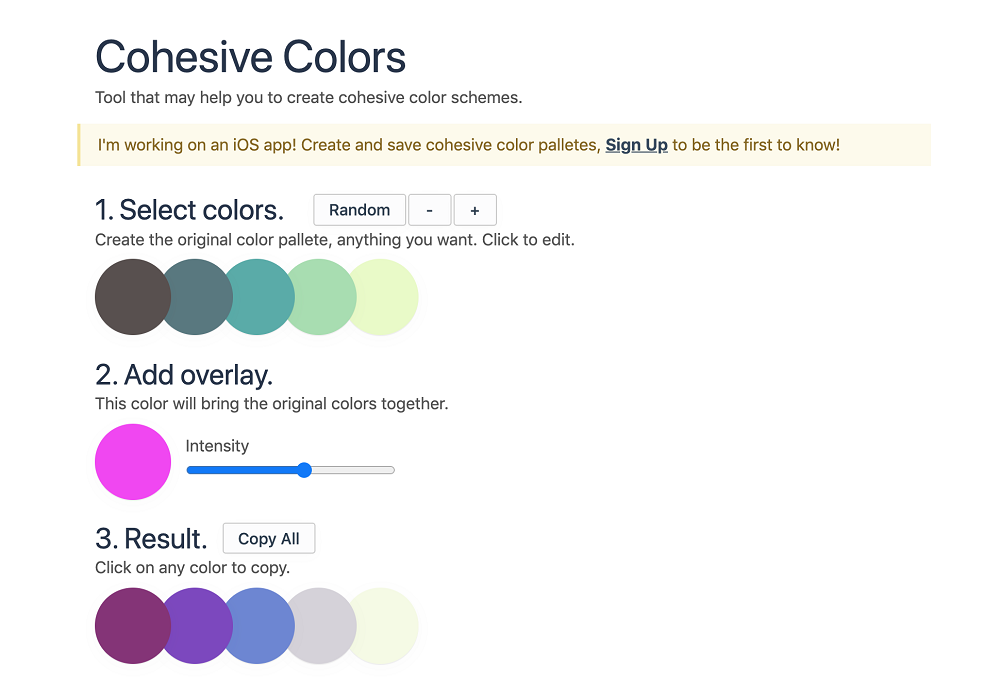






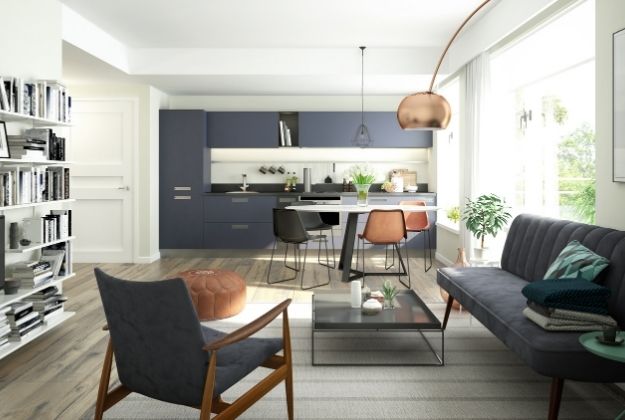



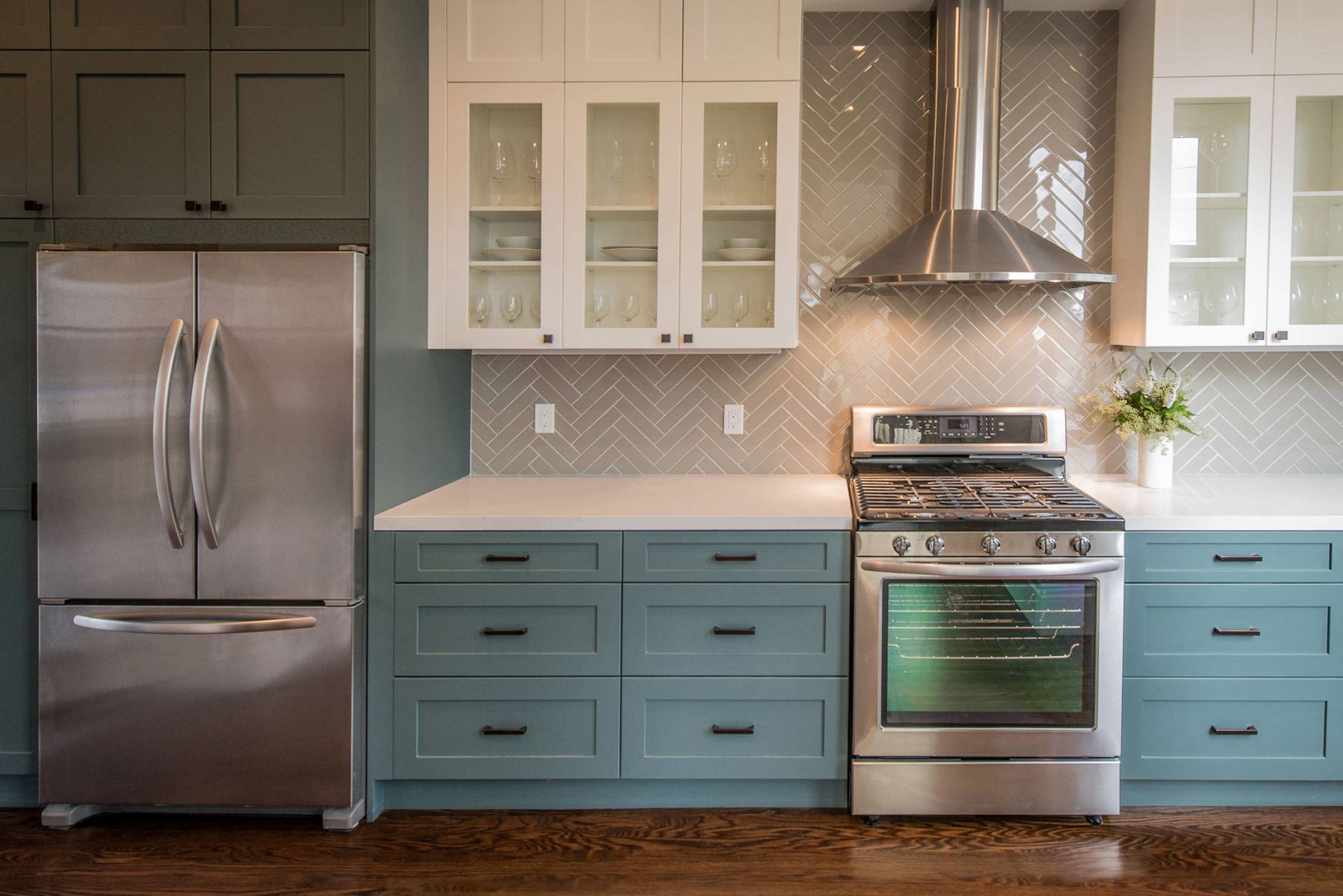
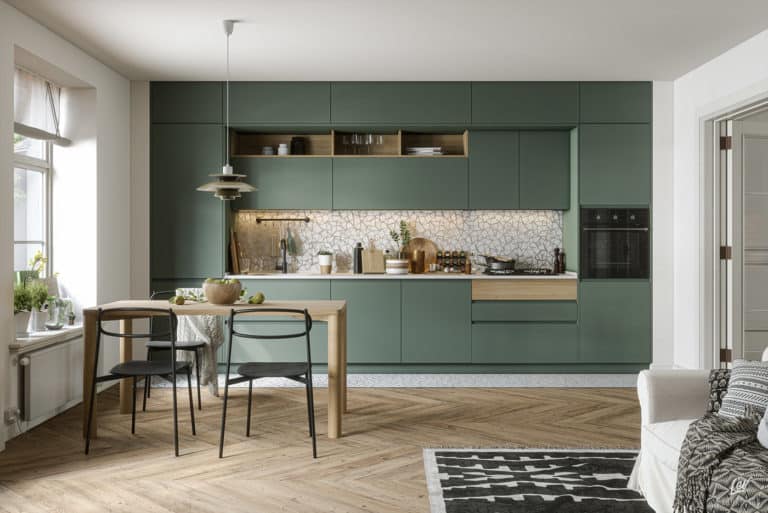

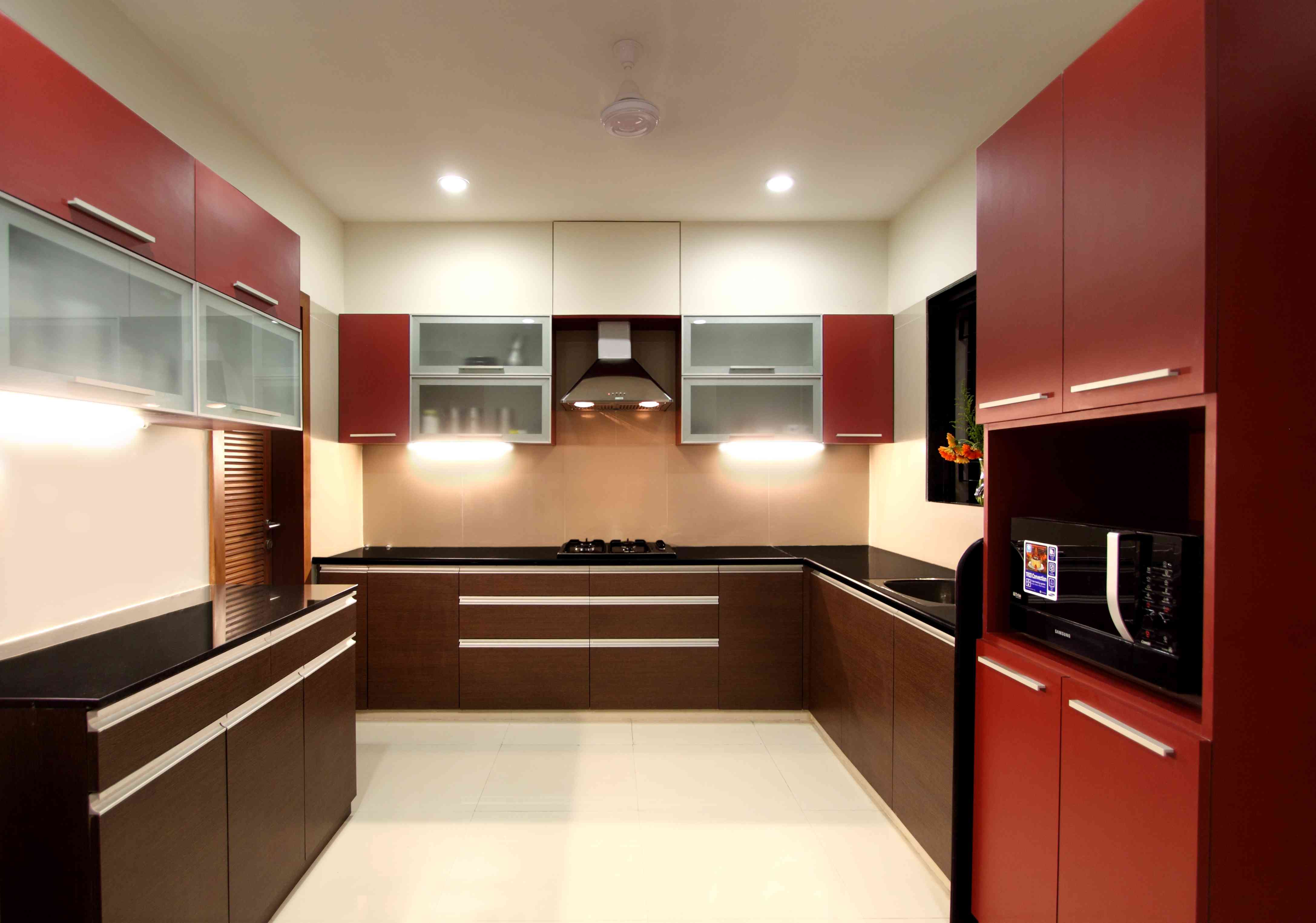
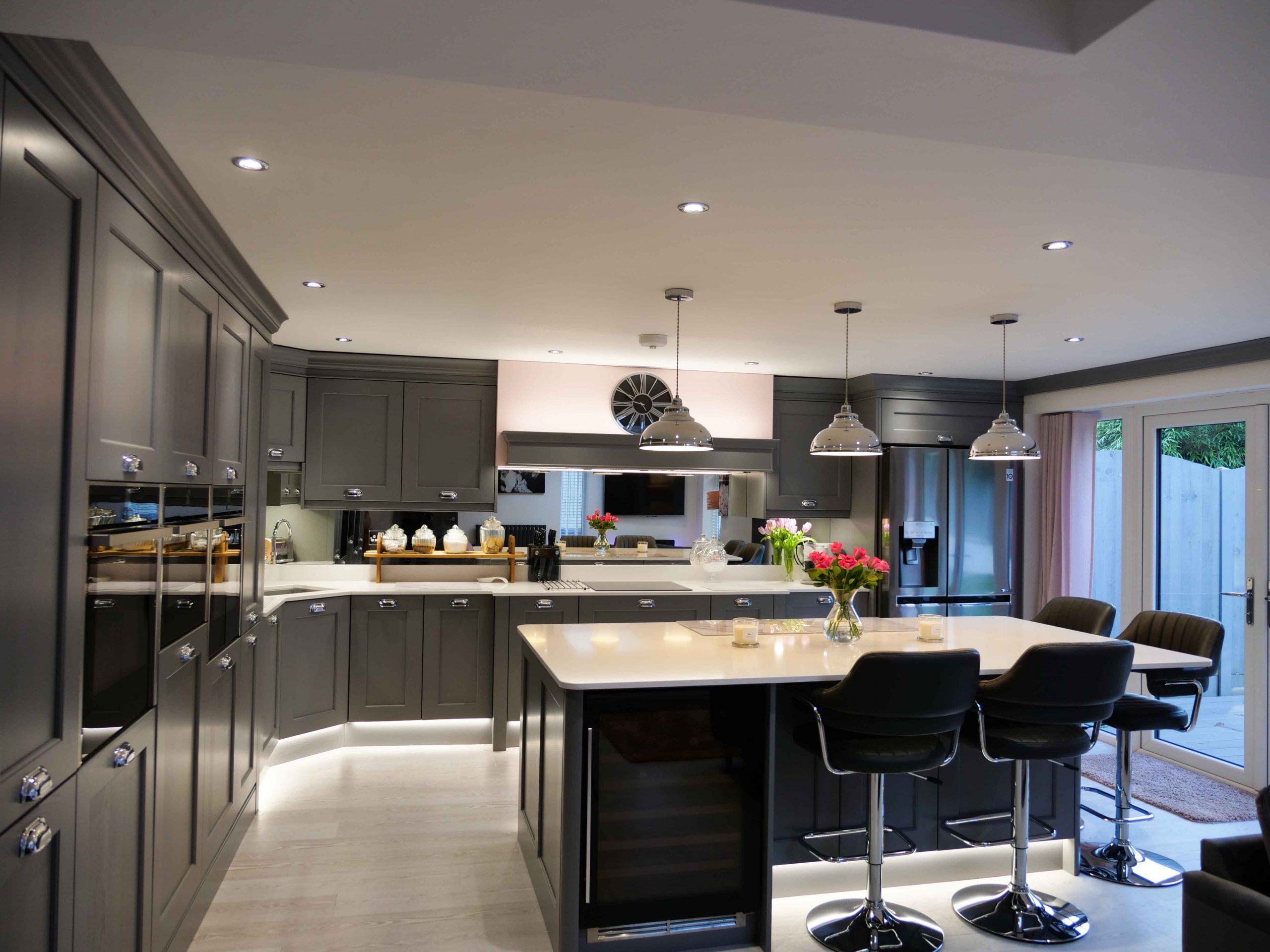
/RD_LaurelWay_0111_F-43c9ae05930b4c0682d130eee3ede5df.jpg)








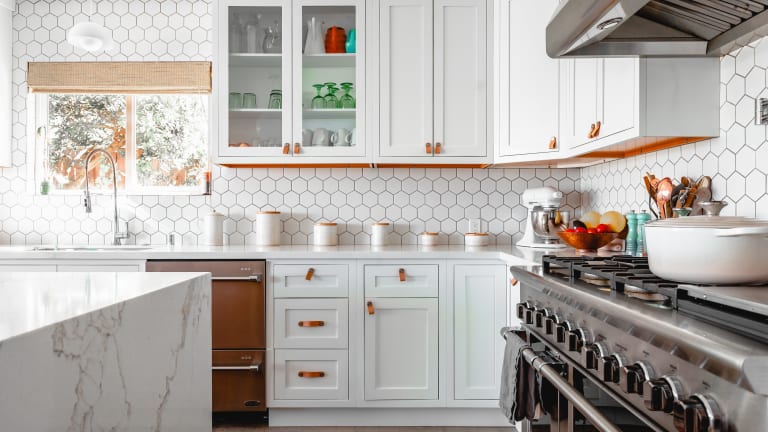
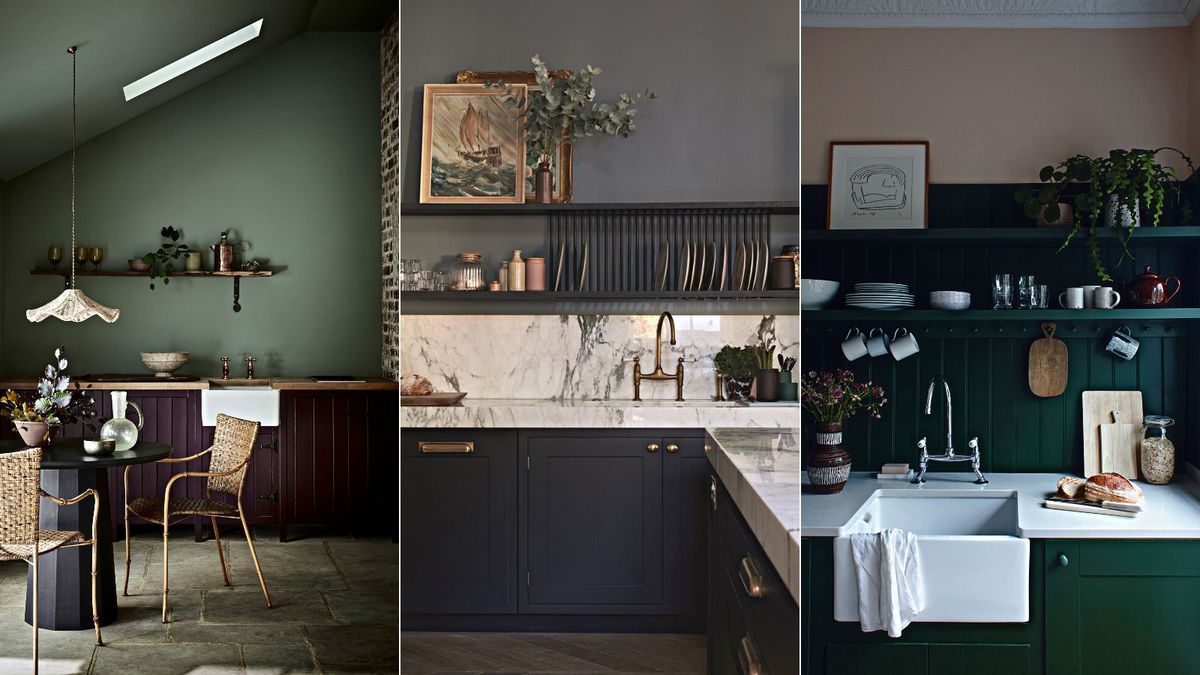
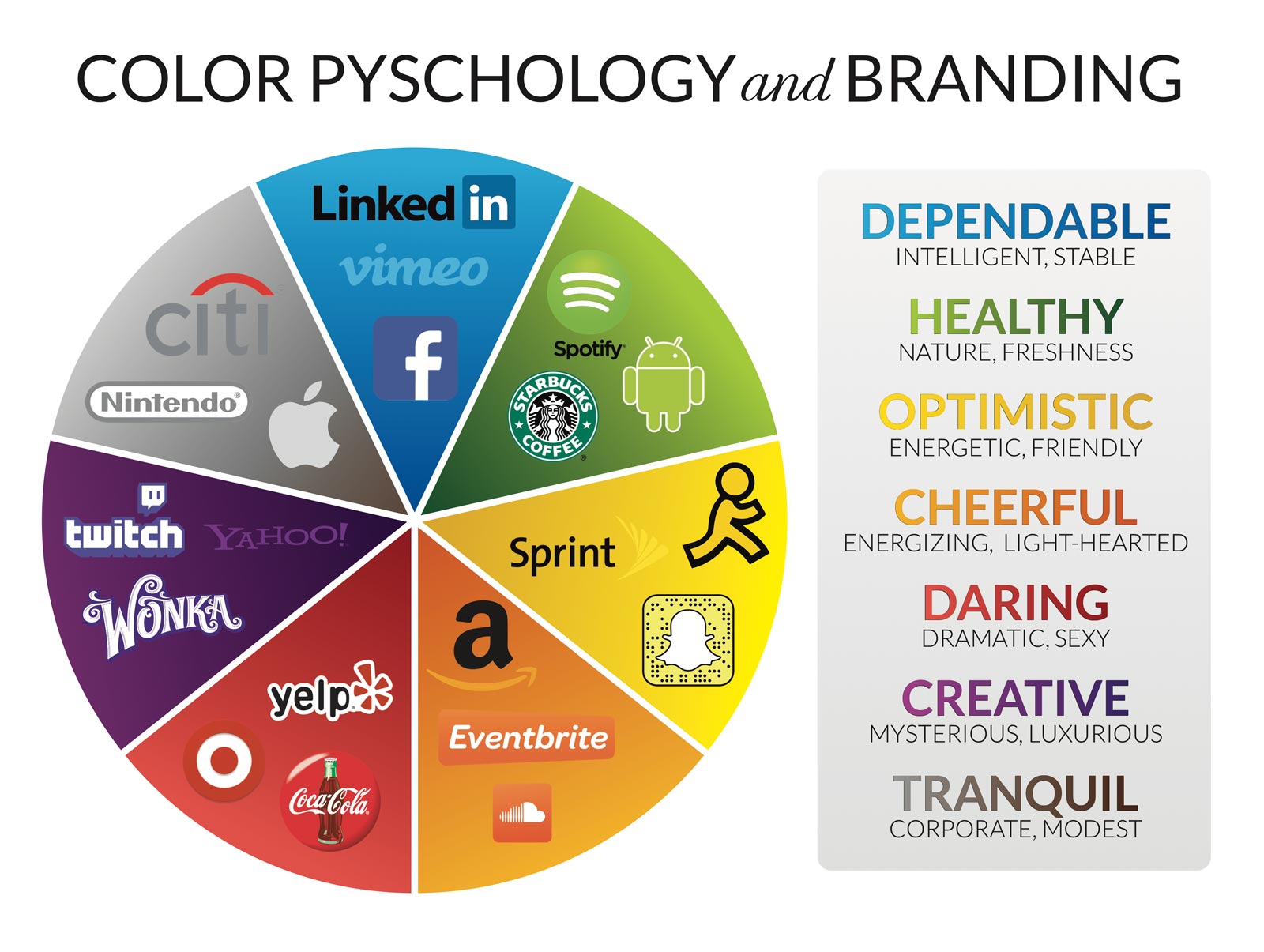
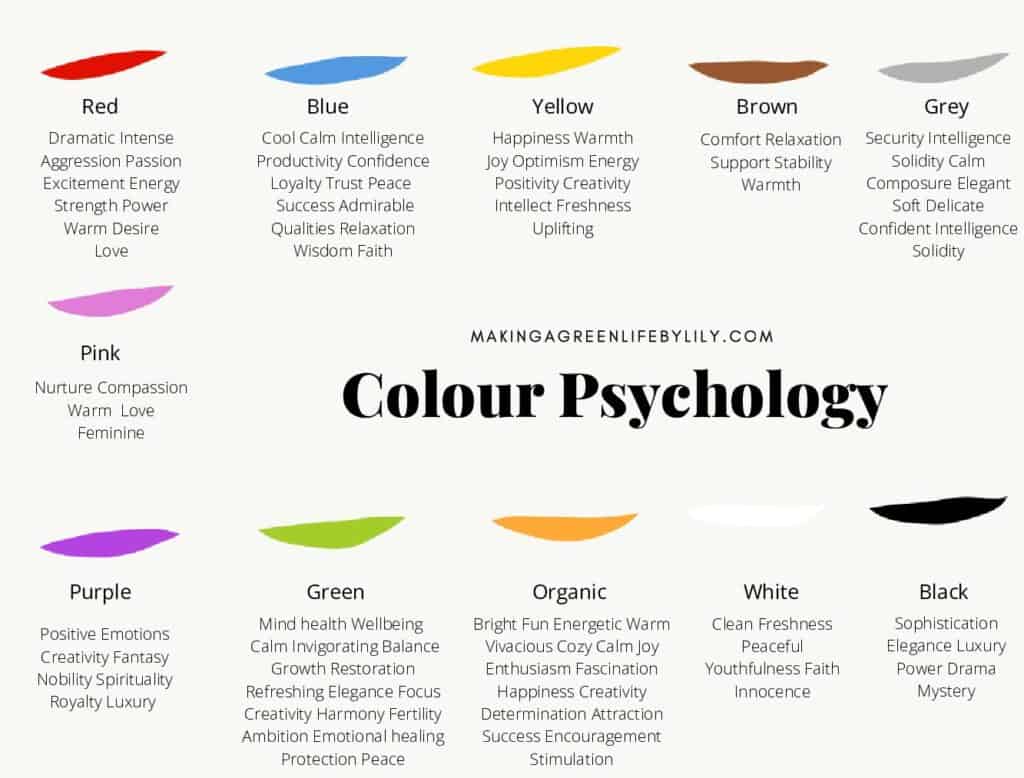







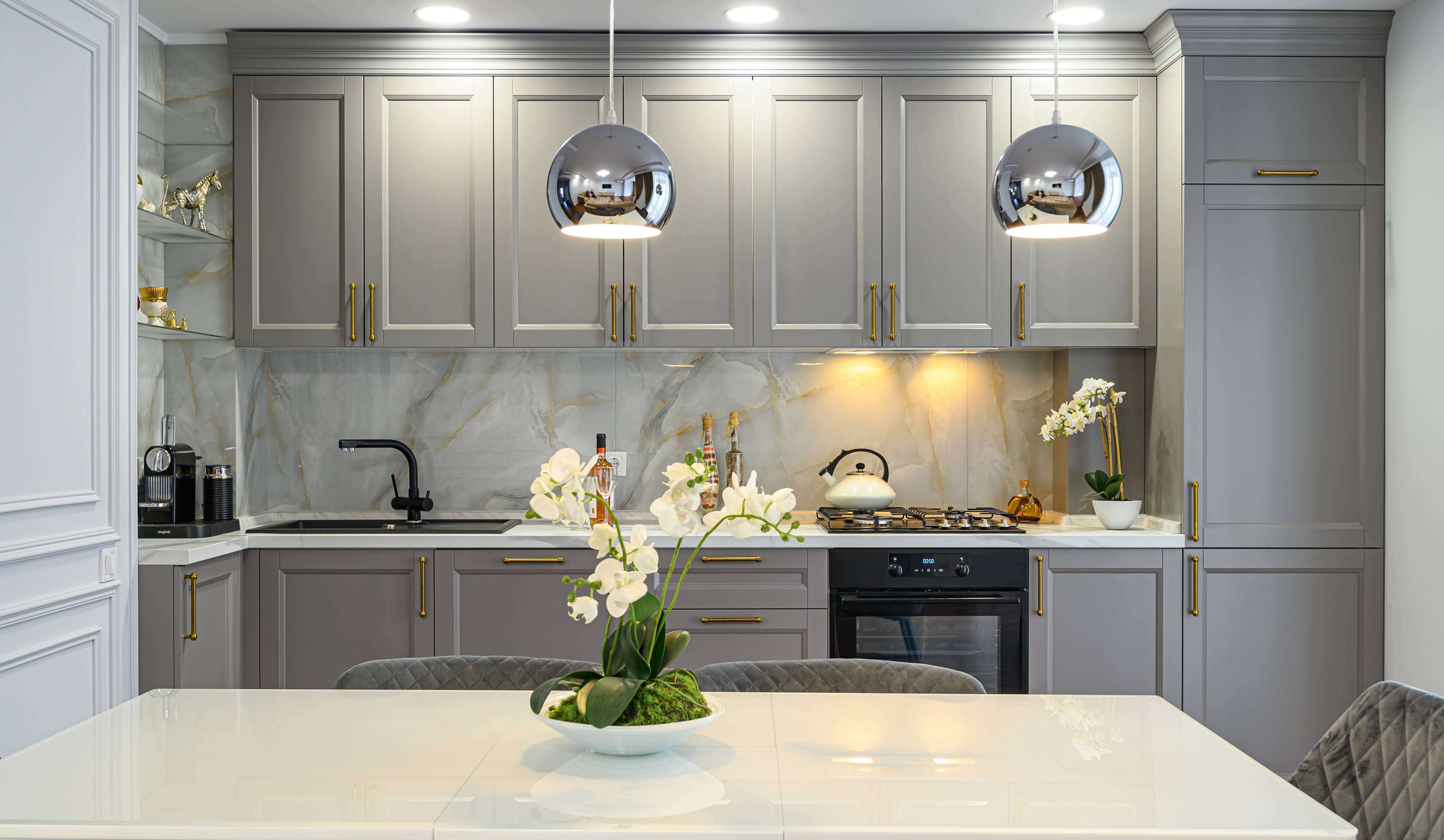
:max_bytes(150000):strip_icc()/super-easy-kitchen-color-ideas-3960440-hero-a23104471e6544378714cf4eac5f808f.jpg)
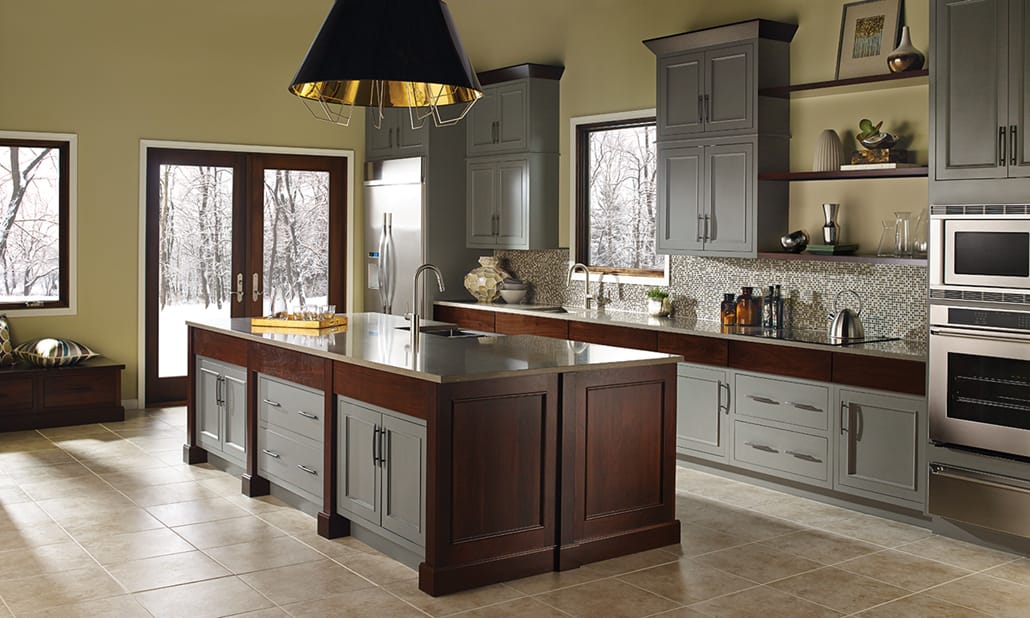
:max_bytes(150000):strip_icc()/p-49c9472541f645be9f608c93ead623ff.jpeg)




